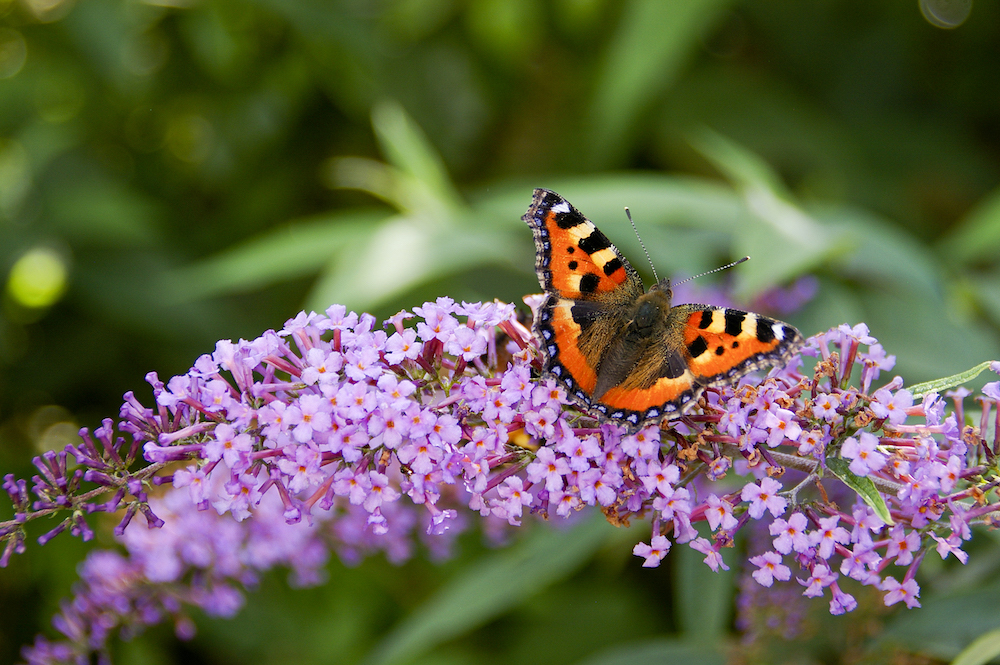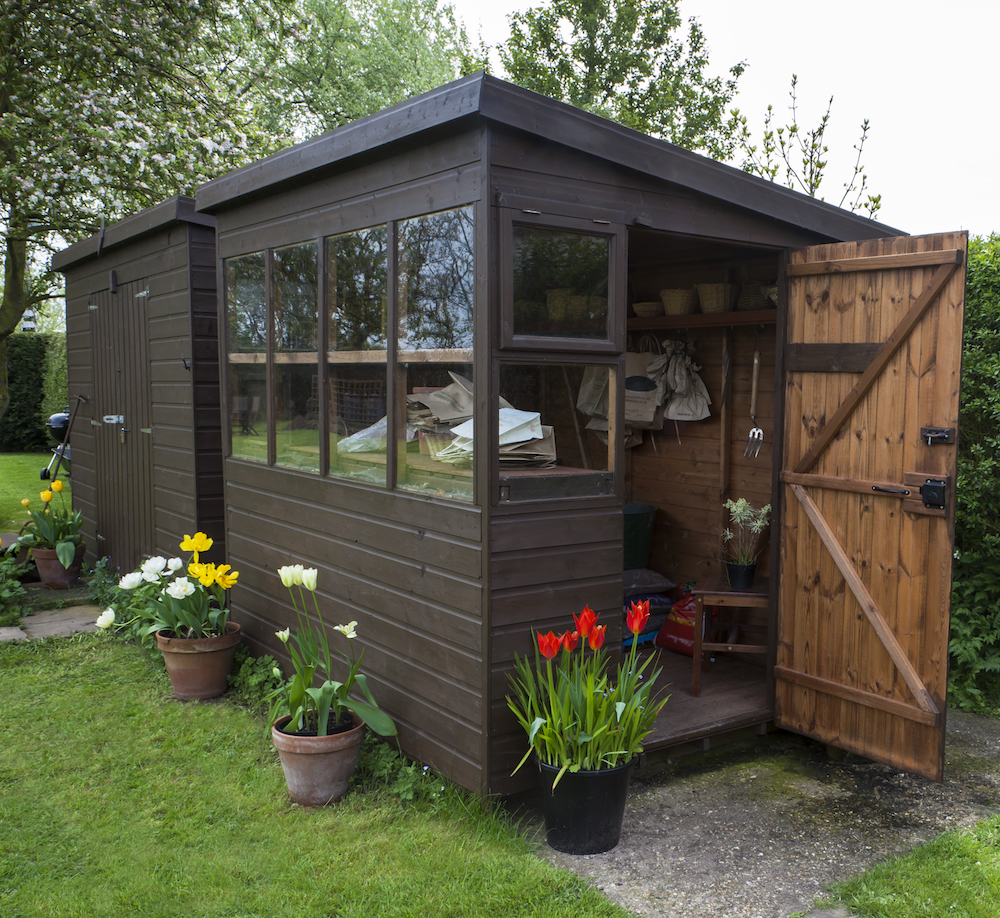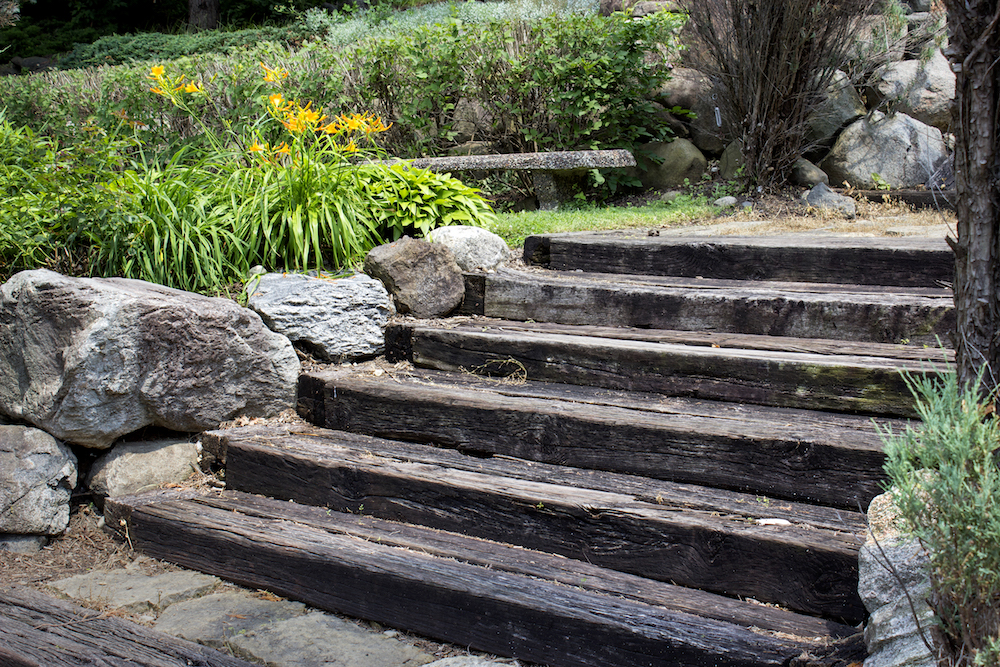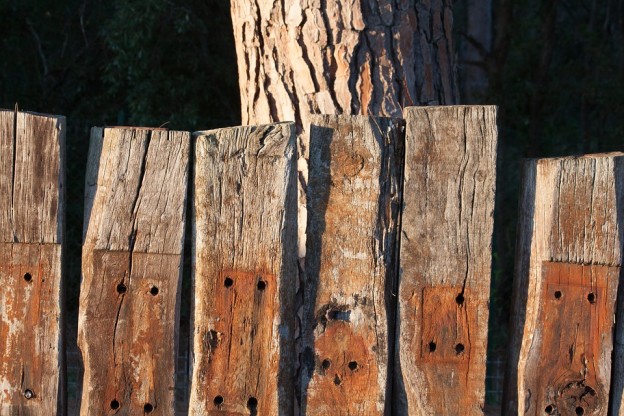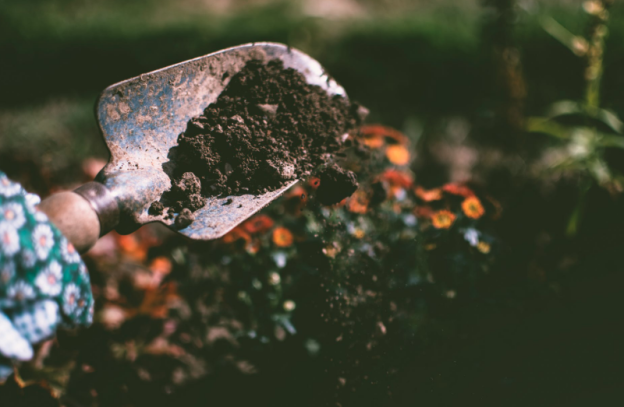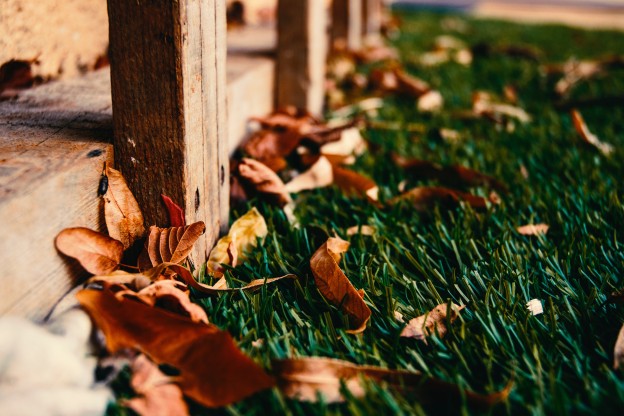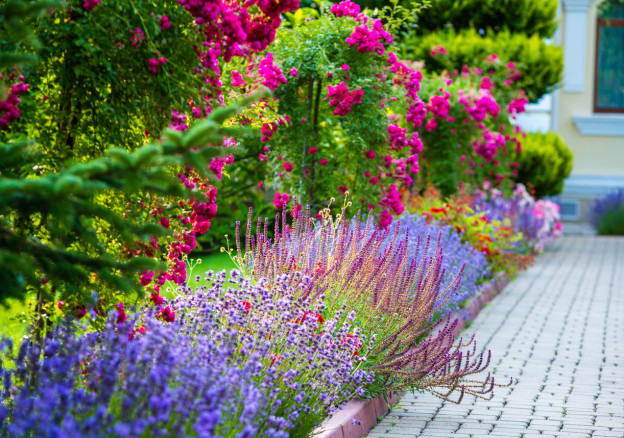Now that the warmer weather is upon us sitting out in the garden can be pleasant. What better way to enjoy the fresh air and the great outdoors than observing the natural wildlife that passes through or decides to set up camp in your garden? Birds, bees, insects and even hedgehogs can all thrive in your garden, given a little encouragement and to see it teeming with life is one of the greatest pleasures any gardener can have.
So what can you do to get your garden wildlife-ready this spring?
Attract more bees
Bees are incredibly important to our planet, and unfortunately, their numbers have sufficiently declined in recent years. To attract more bees provide colourful flowers such as lavender, poppies, and cornflowers. Wildflower seeds offer a great range of bright flowers and give gardens a beautiful rustic look. Bees are also fond of herbs such as thyme and marjoram, and the faint hum of buzzing bees can really be quite cathartic!
Encourage the butterflies
Vibrant butterflies fluttering around your garden adds colour and magic, so make sure you make your garden a haven for them. Butterflies are also fans of colour so get planting lots of blooms to bring them in. Butterflies also like to rest and do a little sunbathing of their own, and large flat stones can provide them with just the spot. Creating moist, shaded areas and small puddles for them to drink from can also see your garden become a favourite haunt of the butterfly.
Bring in the birds
Birds will naturally be attracted to anywhere they can get an easy meal, so set up bird feeders filled with seeds, raisins, and nuts to help make your green space full of beautiful birdsong. Remember to leave them some fresh water too, and you’ll soon see birds flocking to your garden for a tasty treat.
Invite the insects
Insects love cool, dark places to rest and shelter so leave large stones in shady, earthy areas and you’ll create the perfect pad for creepy crawlies such as woodlice, beetles, and caterpillars to rest.
Welcome the hedgehogs
If you have a larger outside space, you might think about inviting hedgehogs to come and visit. If your garden is enclosed, you can remove a small section of fencing to allow them to pass through. Food such as jellied dog or cat food can entice these woodland creatures in – but remember not to give them milk or bread as this can cause them to become quite ill. To ensure that other, more pesky animals don’t take advantage of the free food, you can put it in a plastic box
measuring greater than 30x40cm. You can cut a hole big enough for a hedgehog to get in but place a heavy stone on top to ensure foxes, seagulls and so on can’t overturn it.
Remember slug pellets can poison hedgehogs and if you have a pond, make sure you create some ‘ramp’ areas so if hedgehogs fall in they can crawl out again.
By following the tips above you can attract a wide range of wildlife and create a beautiful, radiant space where nature can thrive.
Do you have any tips for attracting wildlife to your garden? Share them with us here!
